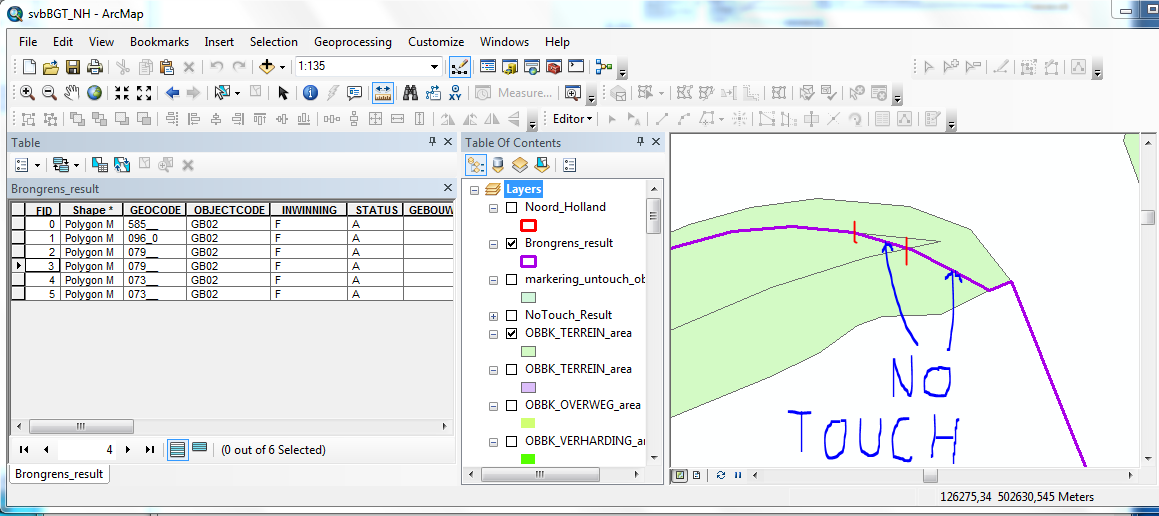How can I make proximity analysis with the anchoredsnapper?
I have the follow algoritme description:
Description Algorithm
1 Verify that within the current source holders border of one of the seven objects running. If one object is geometrically exactly equal to the current source holders border , then do nothing.
2. case of overlap of one of the objects at point 1 with respect to the BG(source holders border) , check whether the object is located within the 60 cm with respect to the BG >>>> If there are more than one object is located within 60 cm with respect to the BG, then pick up the nearest object relative to the BG and computing the object to the increased BG
3 Mark the objects > 60cm compared to the BG , the object (s ) list for further research.
Thanks in advance.
MAVA





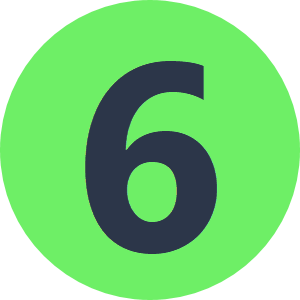
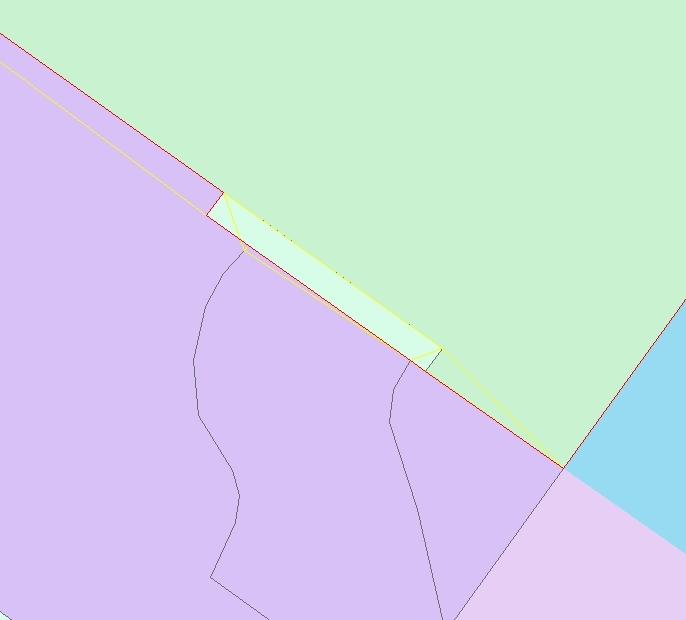 Please let me know if I am on the right track.
Please let me know if I am on the right track.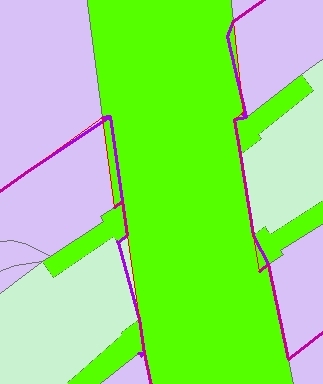



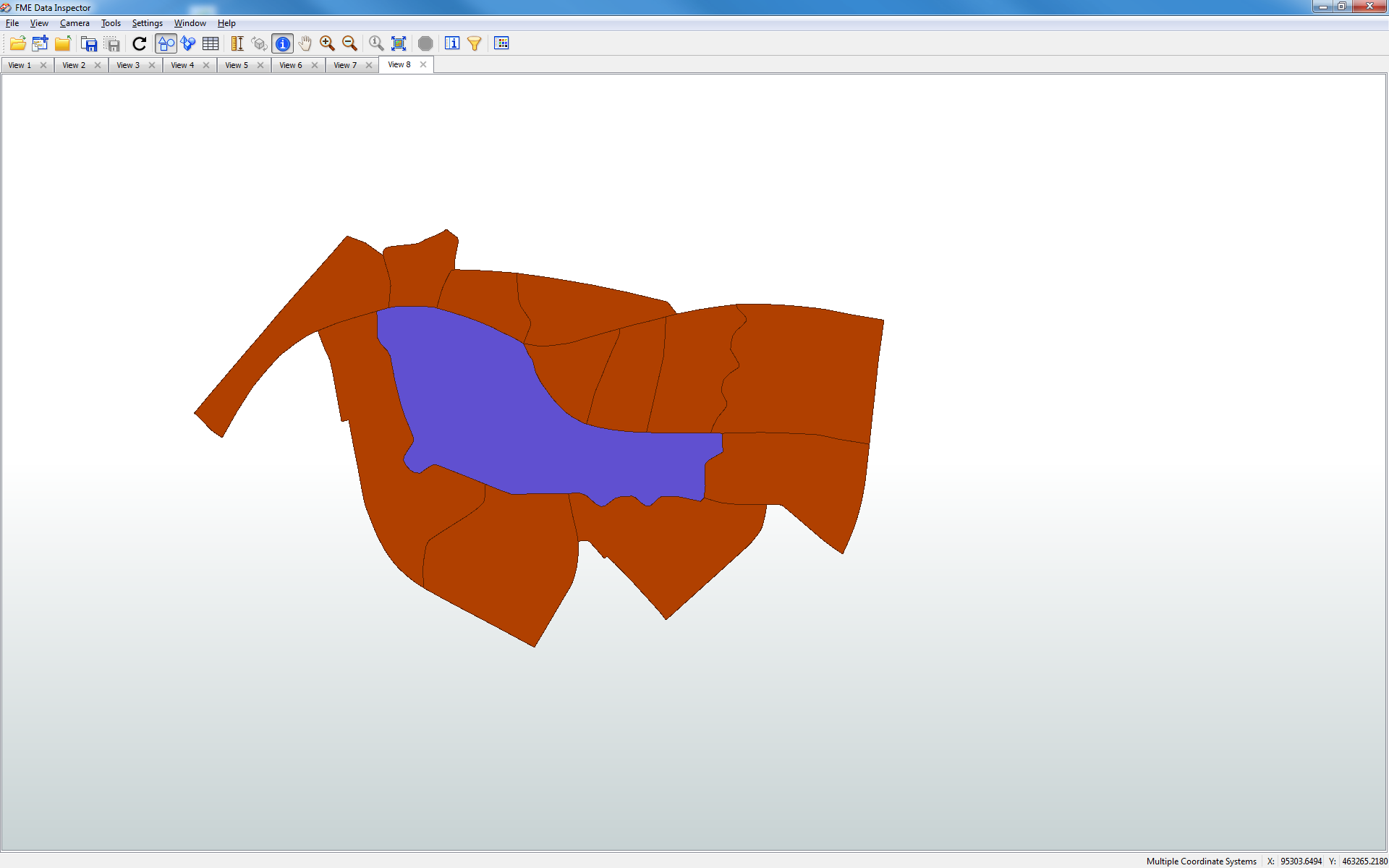
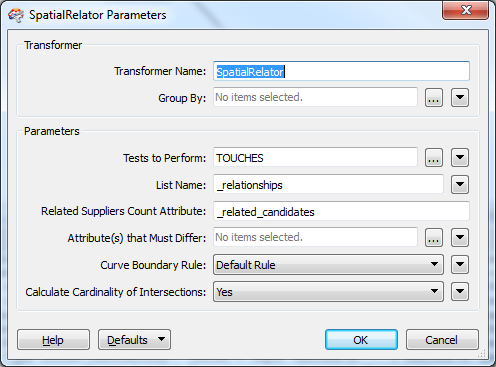
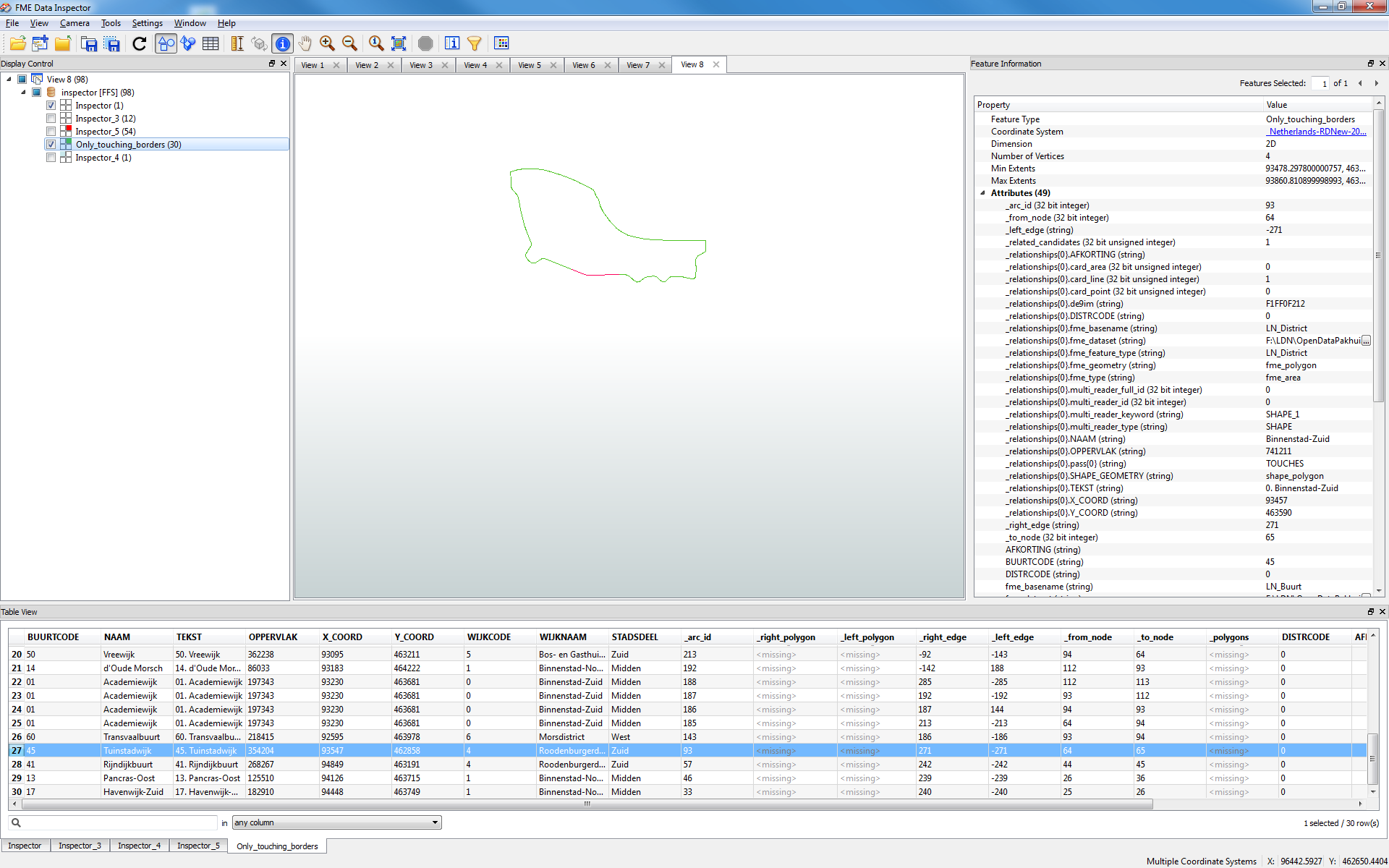
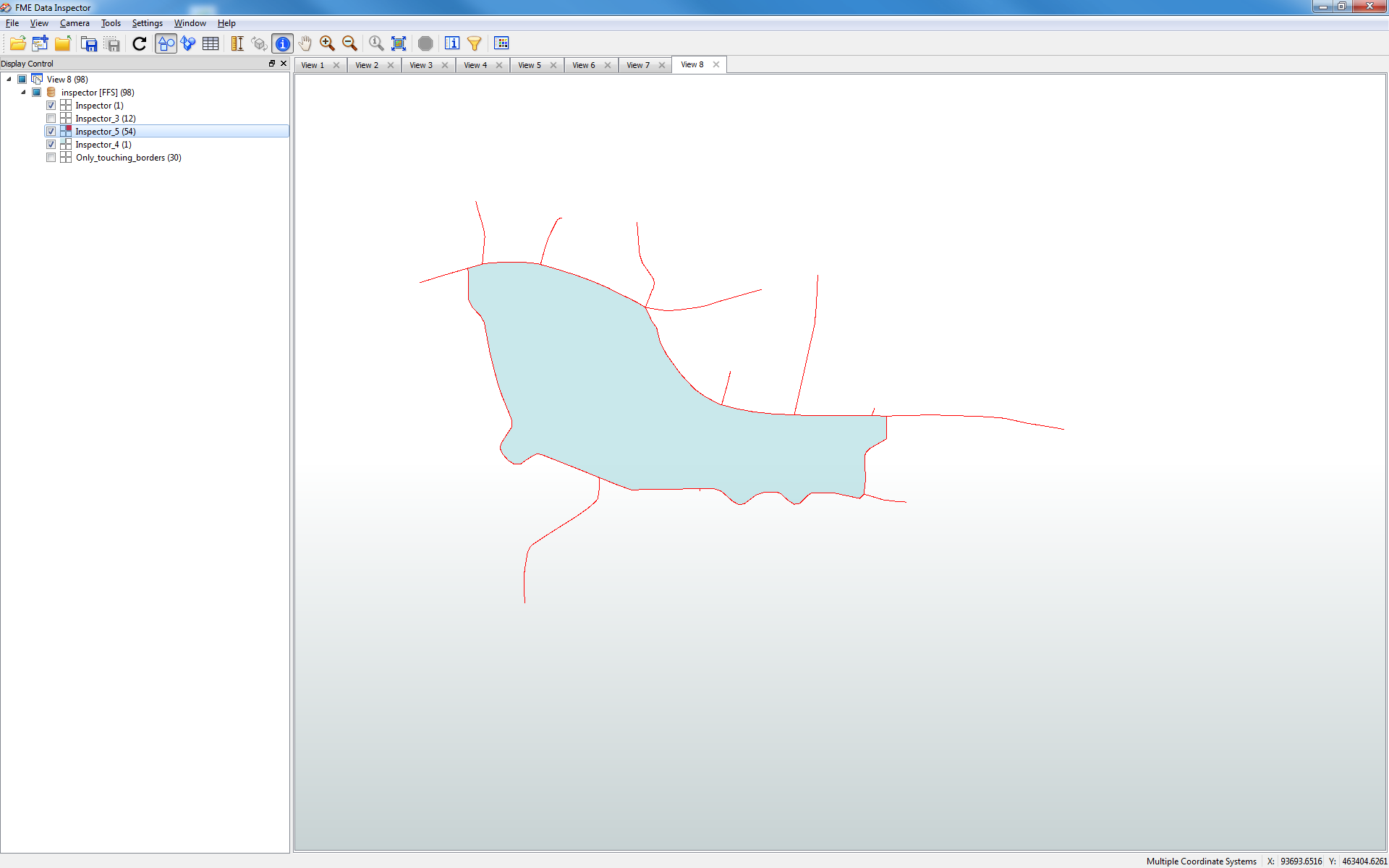
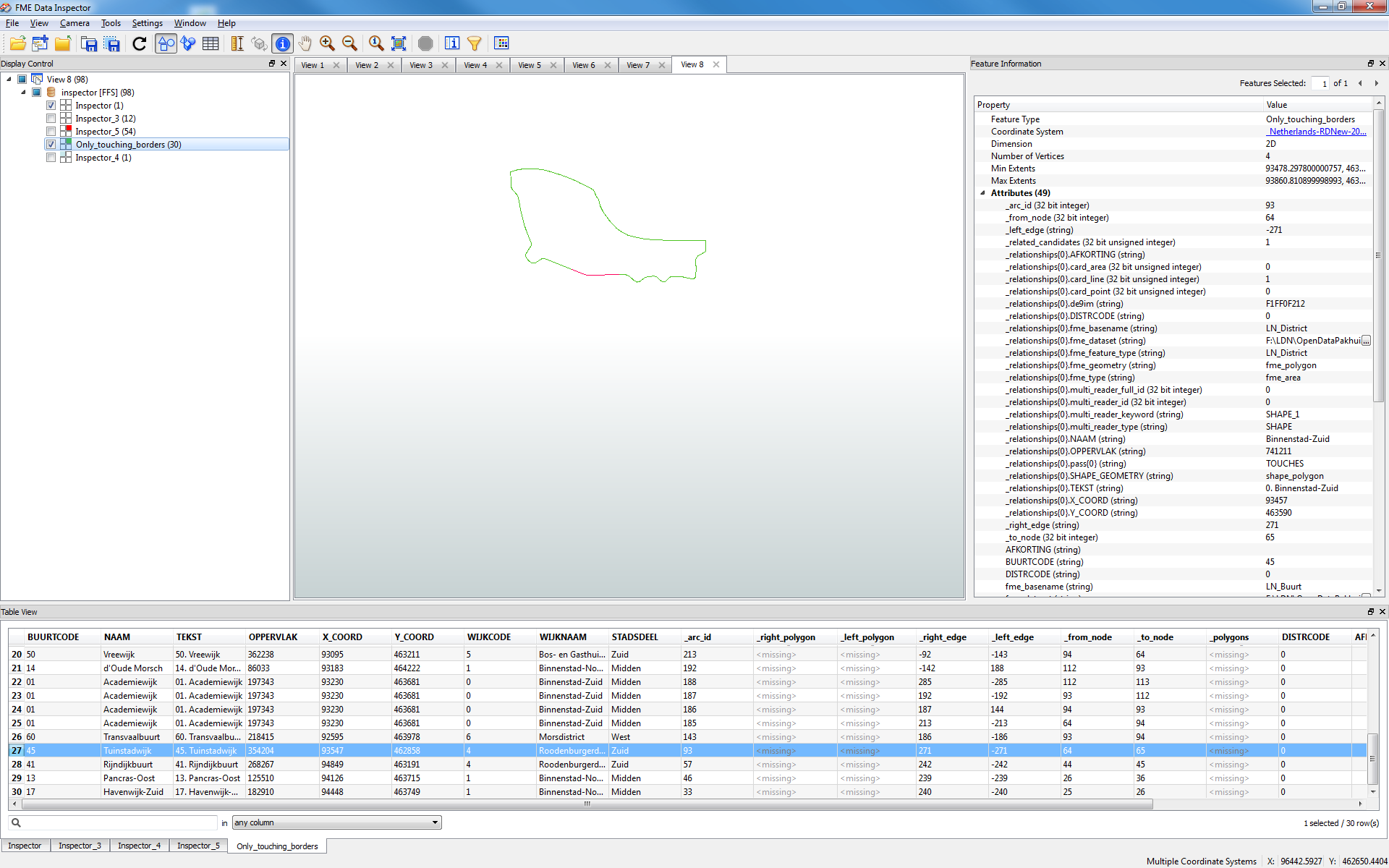
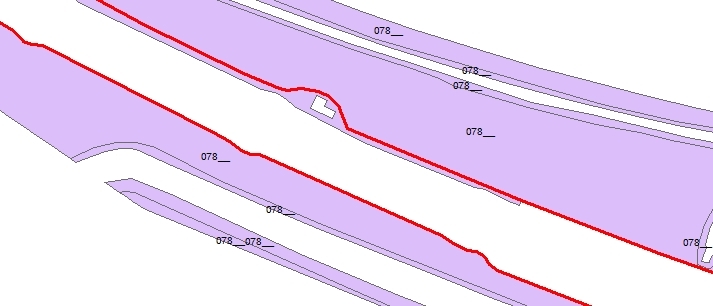
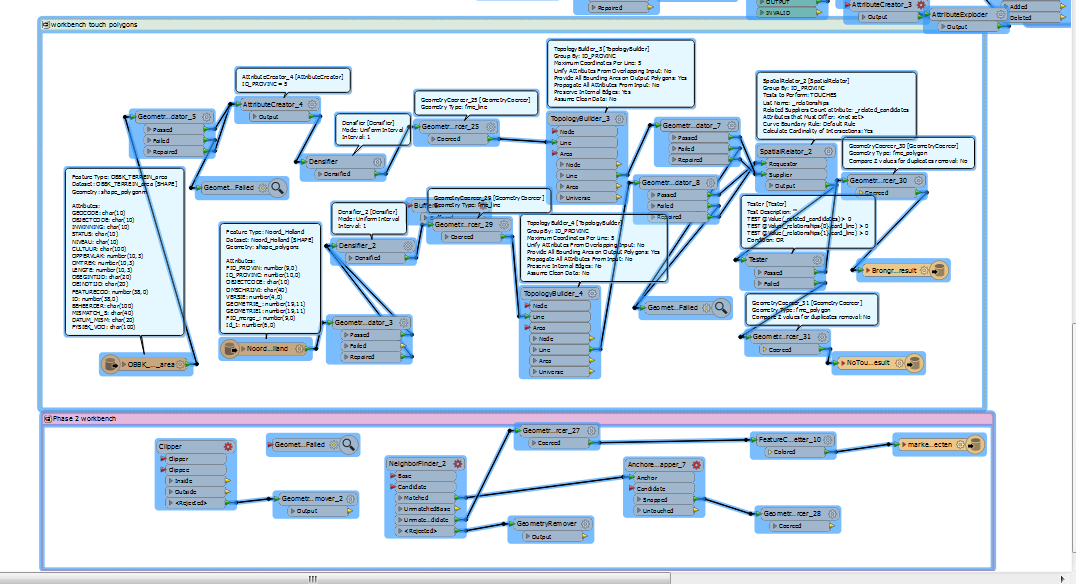
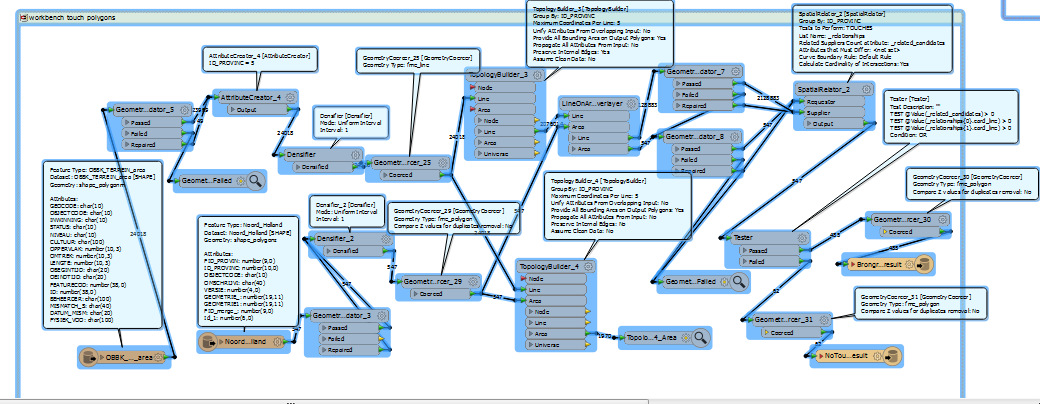
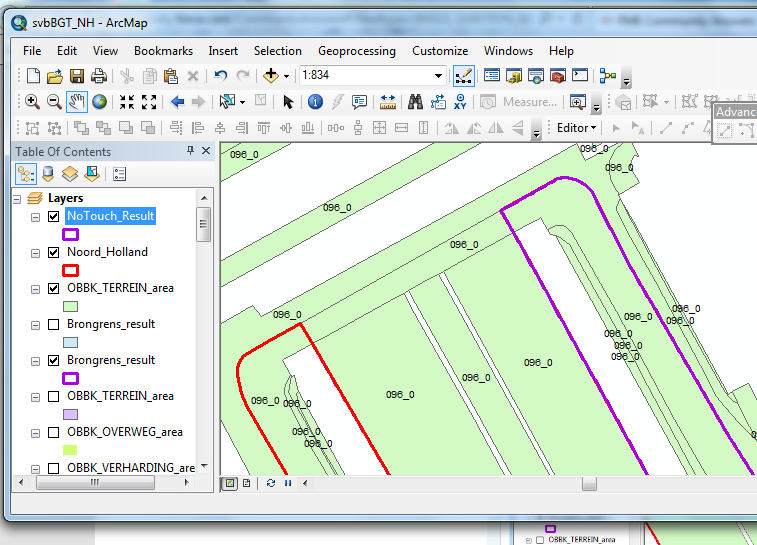
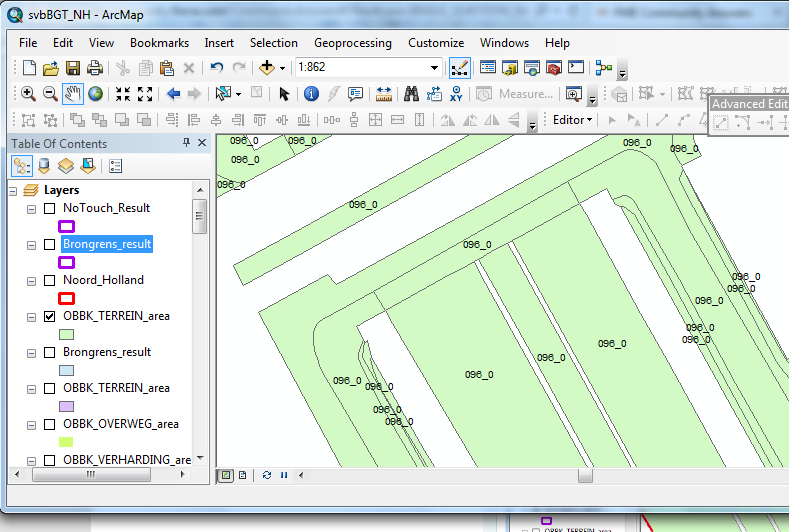
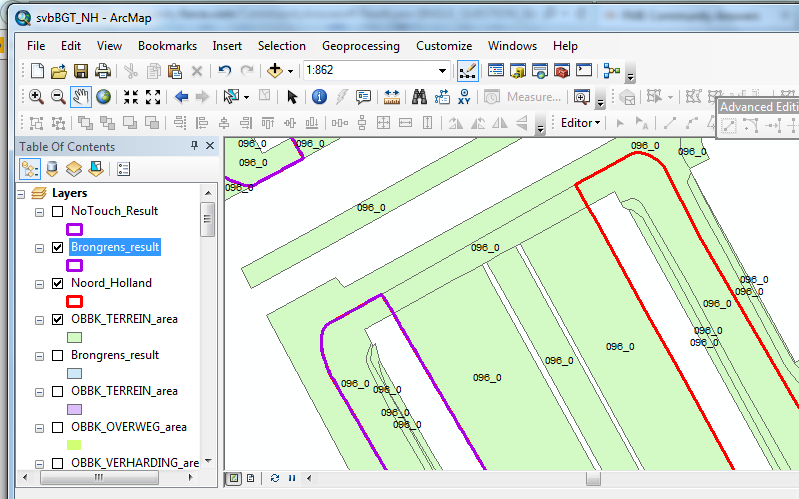
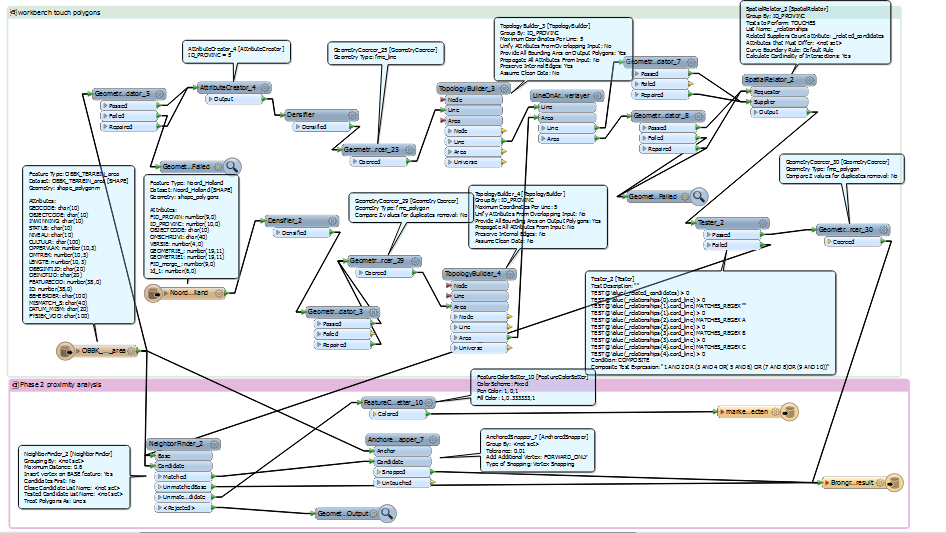 Groet, MAVA
Groet, MAVA